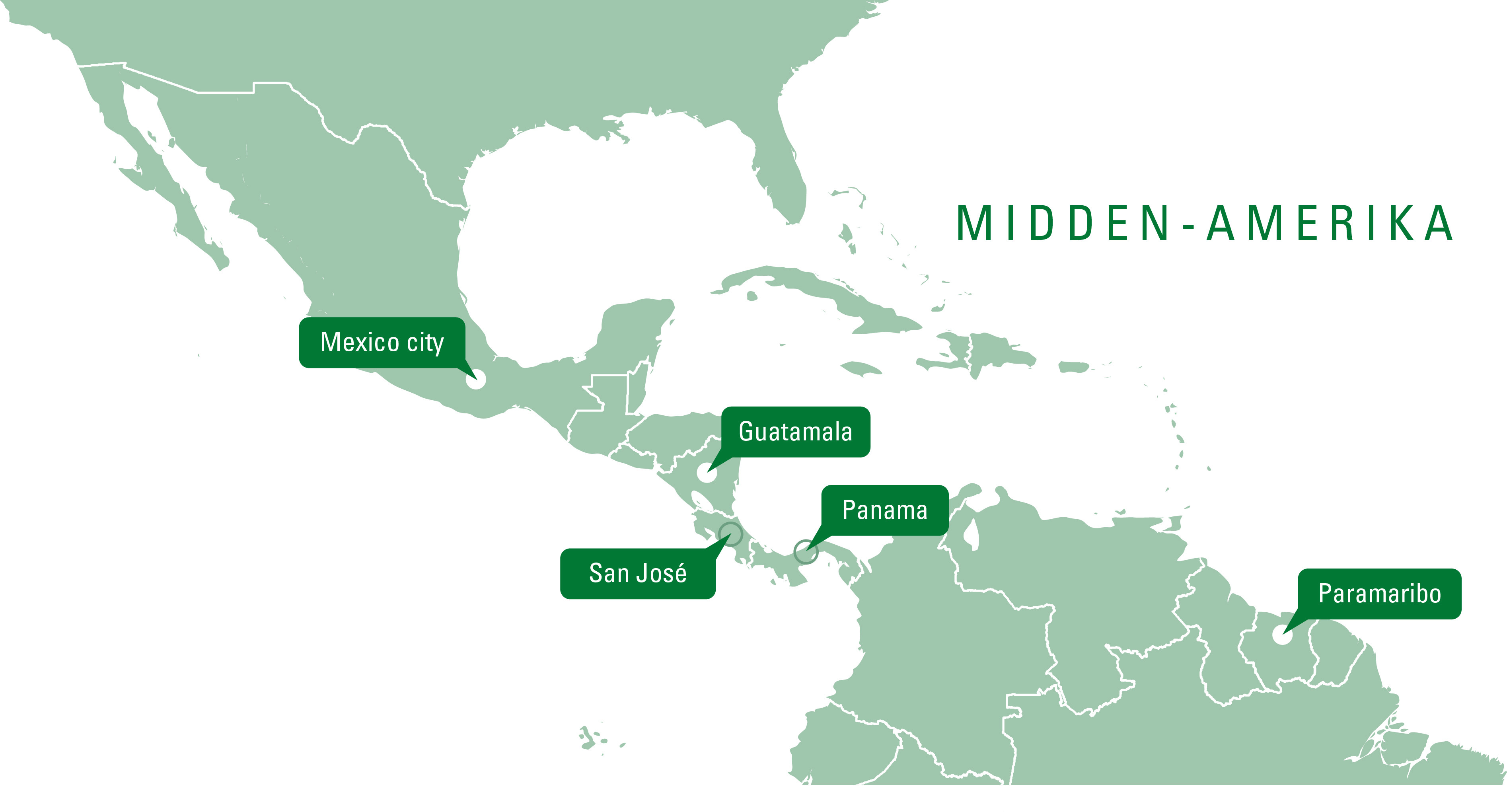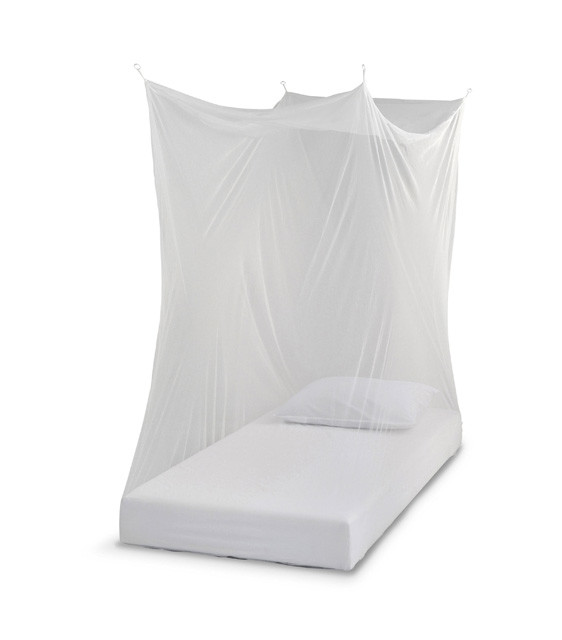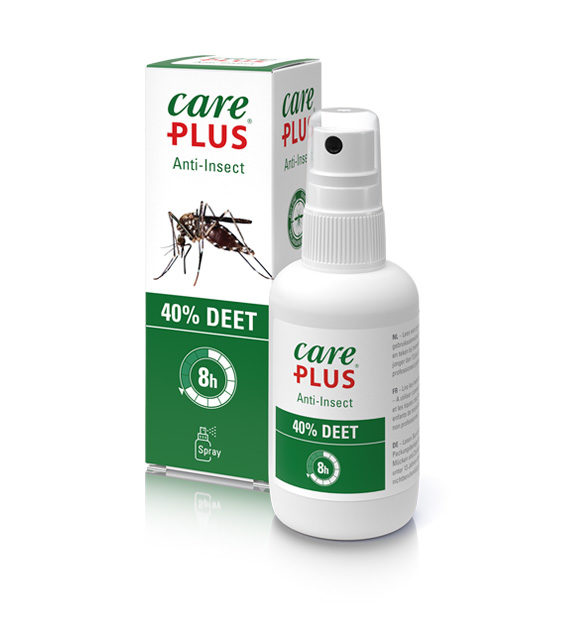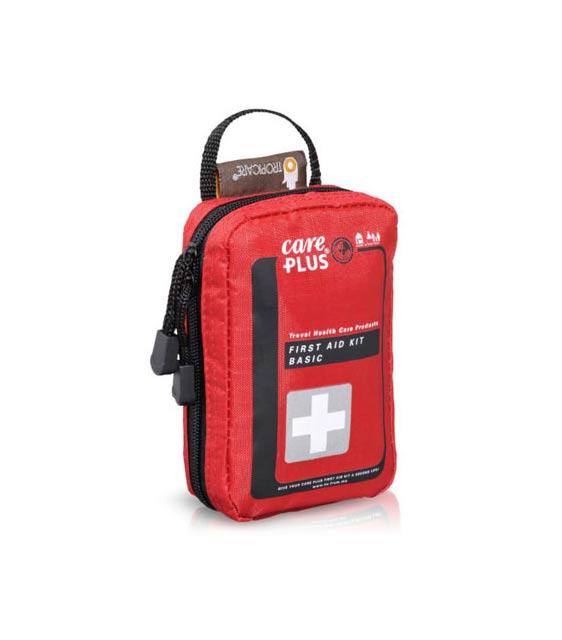Safe travelling in Central America
Central America is a cultural region of the American continent. Central America consists of seven countries: Nicaragua, Belize, Panama, Costa Rica, Honduras, El Salvador and Guatemala. The region covers an area of 2,729,000 km² and has an estimated population of 46,761,485.
Climate
The climate in Central America is a combination of tropical, subtropical and mountain climates. There are two types of season: wet and dry seasons. The rain season, which is also the warmest season, is from June to mid-November. During this season, it never rains the entire day. It is usually dry in the mornings and it starts raining at the end of the afternoon.
The dry season is somewhere between November and May. It does rain in this season, although rainfall is usually short and heavy and it doesn’t cool down. The temperature is between 25 and 30 degrees the entire year, it does cool down slightly during the night.
Population: 46,761,485
Climate: Tropical, subtropical and mountain climates
Tropical diseases in Central America
Chikungunya
Yes, chikungunya occurs in Central America.
Malaria
Yes, malaria
occurs in Central America.
Dengue
Yes, dengue
occurs in Central America.
West Nile virus
Yes, West Nile virus occurs in Central America.
Yellow fever
Yes, yellow fever occurs in Central America.
Zika
Yes, zika occurs in Central America.
Dangerous animals in Central America
In addition to beautiful and exotic animals, you will also encounter less pleasant creatures in Central America that can transmit diseases or even be deadly. The information below will help you to know what to look out for so you can take the right precautions for your journey.
Mosquitoes
In the first place, the smallest creature: the mosquito. A mosquito can be deadly in Central America. They spread diseases such as malaria, dengue and zika. Mosquitoes make around 3 million casualties every year. Protect yourself by sleeping under a mosquito net and by using Anti-Insect DEET and insect repellent socks. Have you been bitten? Use a venom extractor to remove the venom. This prevents the poison from spreading through the body. Always consult a doctor immediately should you get any of the symptoms of the diseases.
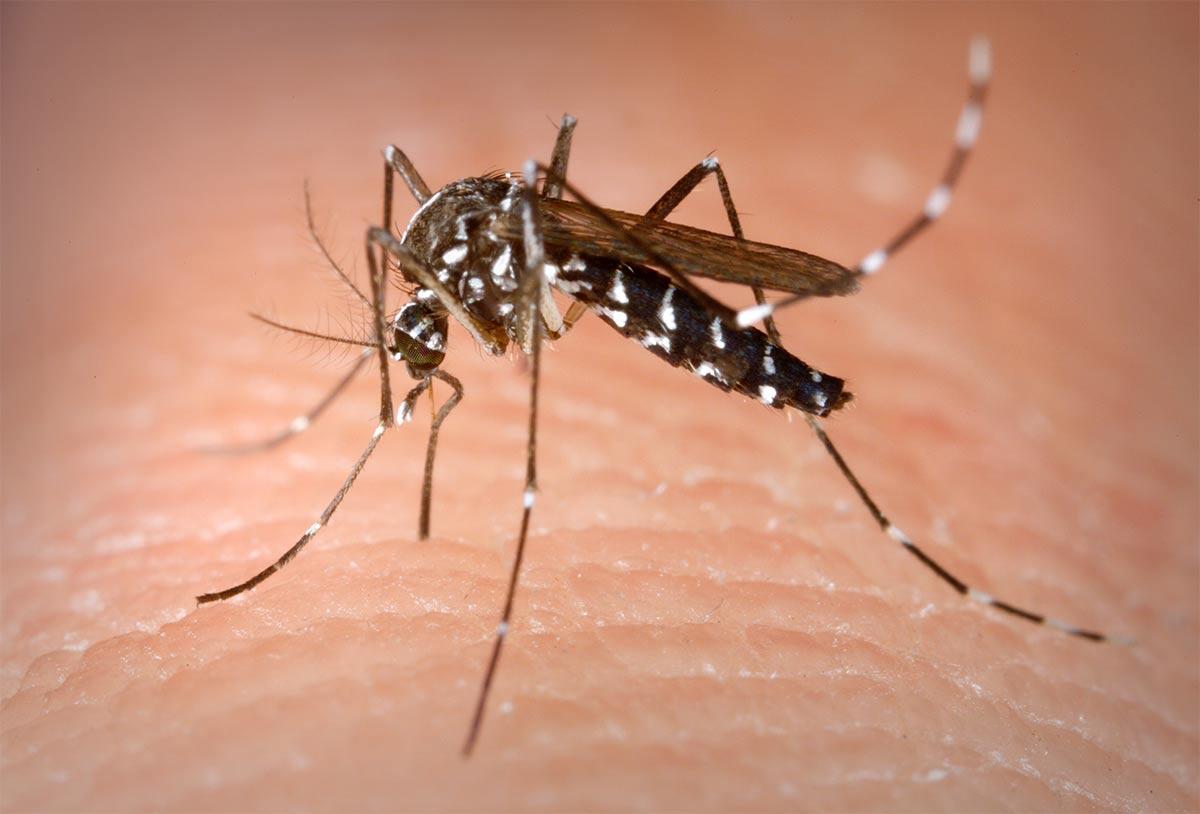
Bullet ant
Be warned for this ant, who owes its name to the fact that its sting feels like a gunshot. This ant is also known as the 24 (hour) ant because the pain following a sting can last for a full day. The ant is quite aggressive and the chances of being stung are significant should you encounter this ant.
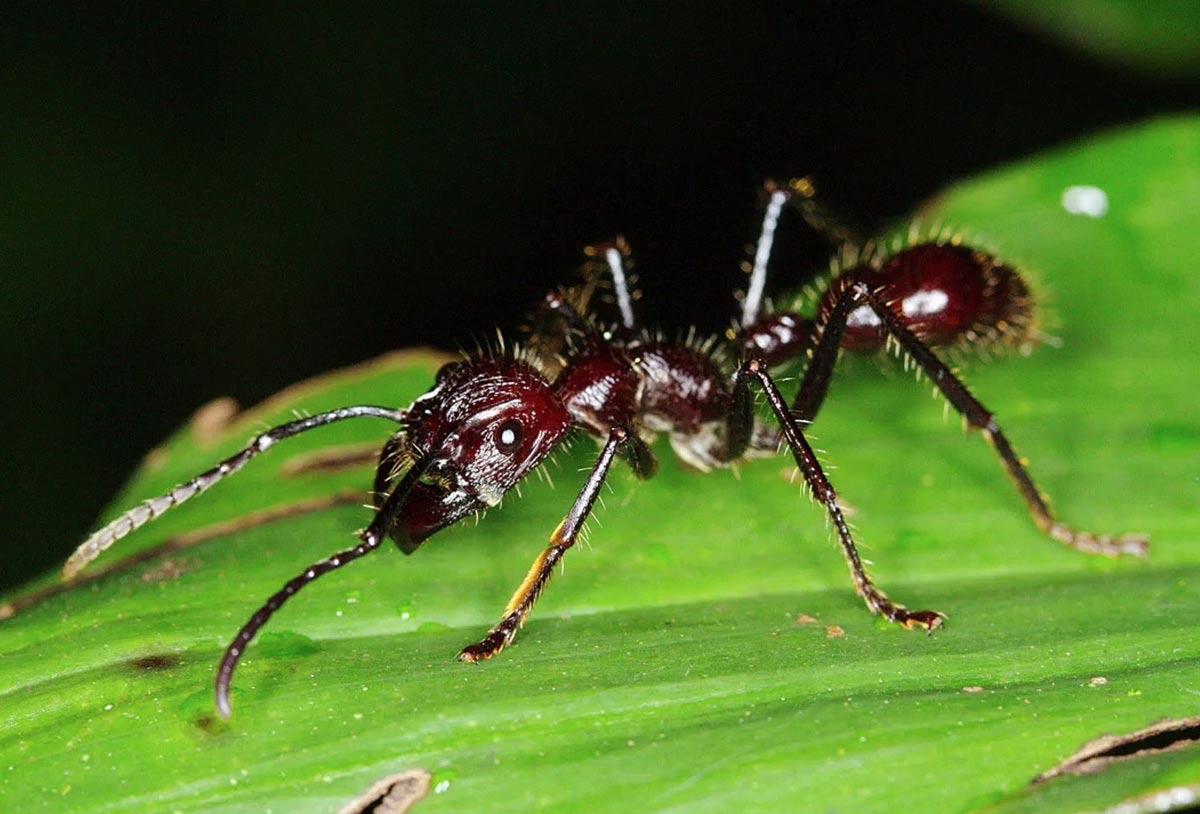
South American rattlesnake
The South American rattlesnake occurs in southern North America and a large part of Central and South America. Its habitat consists of dry environments, such as steppes and forests with dry soil. You won’t encounter them in rainforests. As with all rattlesnakes, this type of rattlesnake is venomous. The powerful neurotoxic venom can cause paralysis and blindness. If you’re bitten, seek medical help as soon as possible. A venom extractor can delay the process.
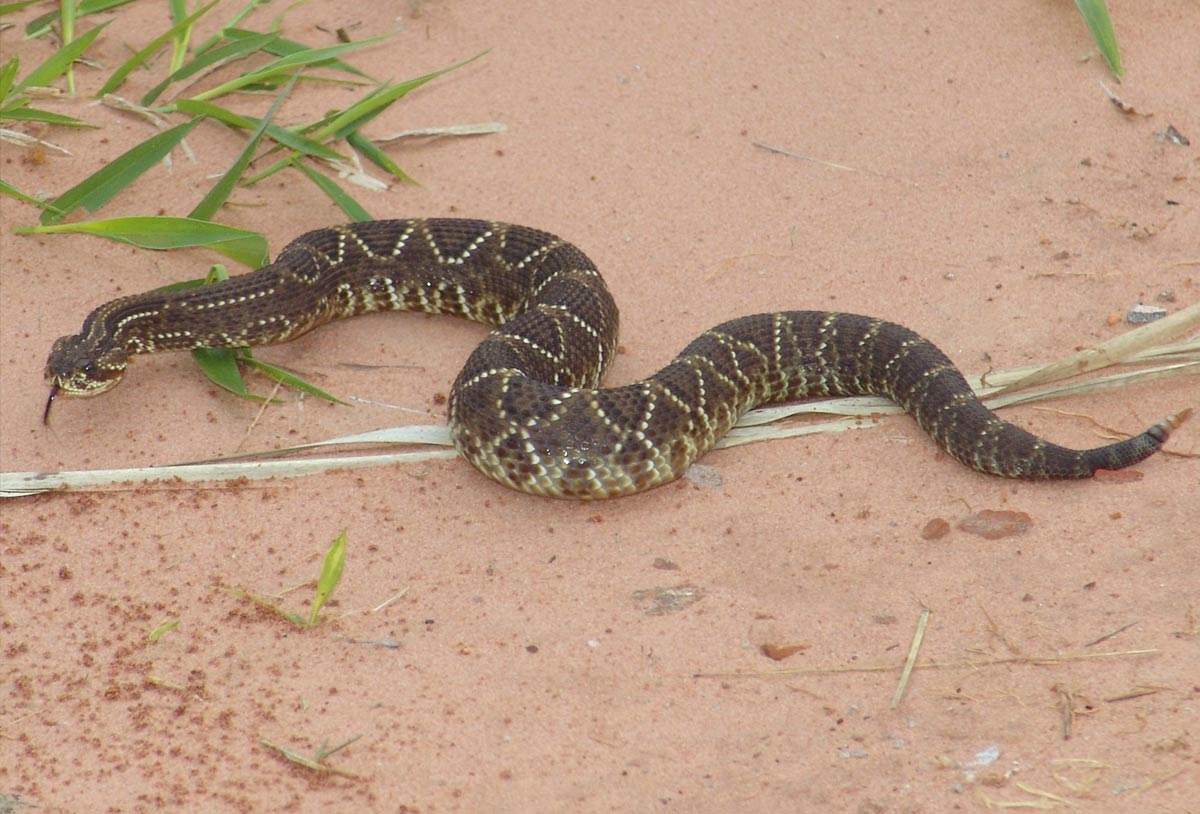
Black widow
The black widow is a spider native to the southeast of the United States and Mexico which by now has spread to all continents. The spider, that falls under the bullet spiders, can grow up to 3.8 cm (incl. legs), and is renowned because the female can bite with sometimes severe consequences. This spider owes its name to the female; after mating, she attacks the male and kills him.
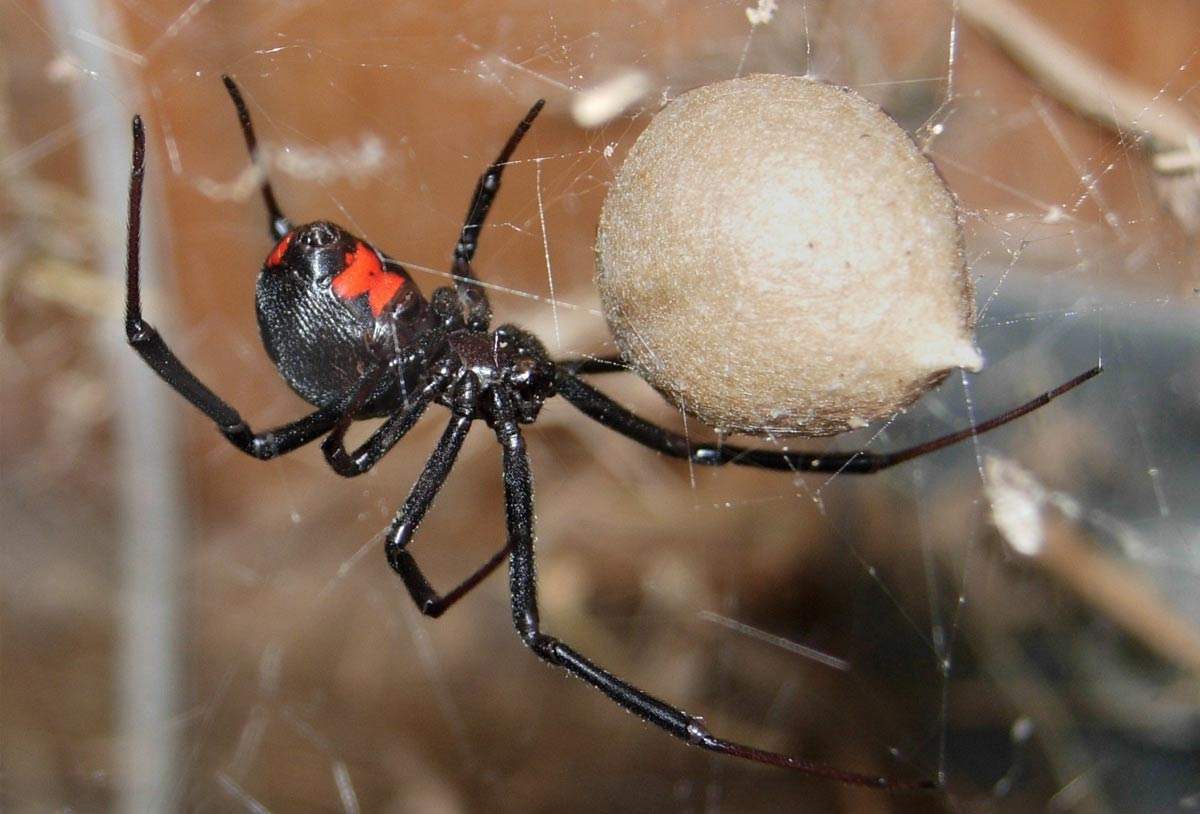
Good to know
Vaccination
Vaccination varies per country, but vaccinations for DTP, hepatitis A and typhoid fever are always recommended. In some countries, vaccination against yellow fever is compulsory.
Visa
In most cases, you won’t need a visa in Central America. Cuba is the only country that requires a visa. In other countries you usually get a temporary visa that is valid for 90 days. Naturally, situations and regulations in countries are subject to change. Always check if you need a visa for the countries you wish to visit.
Water
The quality of tap water in Central America varies per region. To avoid risks it is better to drink bottled water. And don’t be tempted to use ice cubes when it’s very warm, these will be made with tap water.
Language
In all countries in Central America, the official language is Spanish, with the exception of Belize, where the official language is English. Most local people in Central America speak little to no English. If you’re planning to go to Central America for a longer period of time, it may be a good idea to take a course in Spanish.

